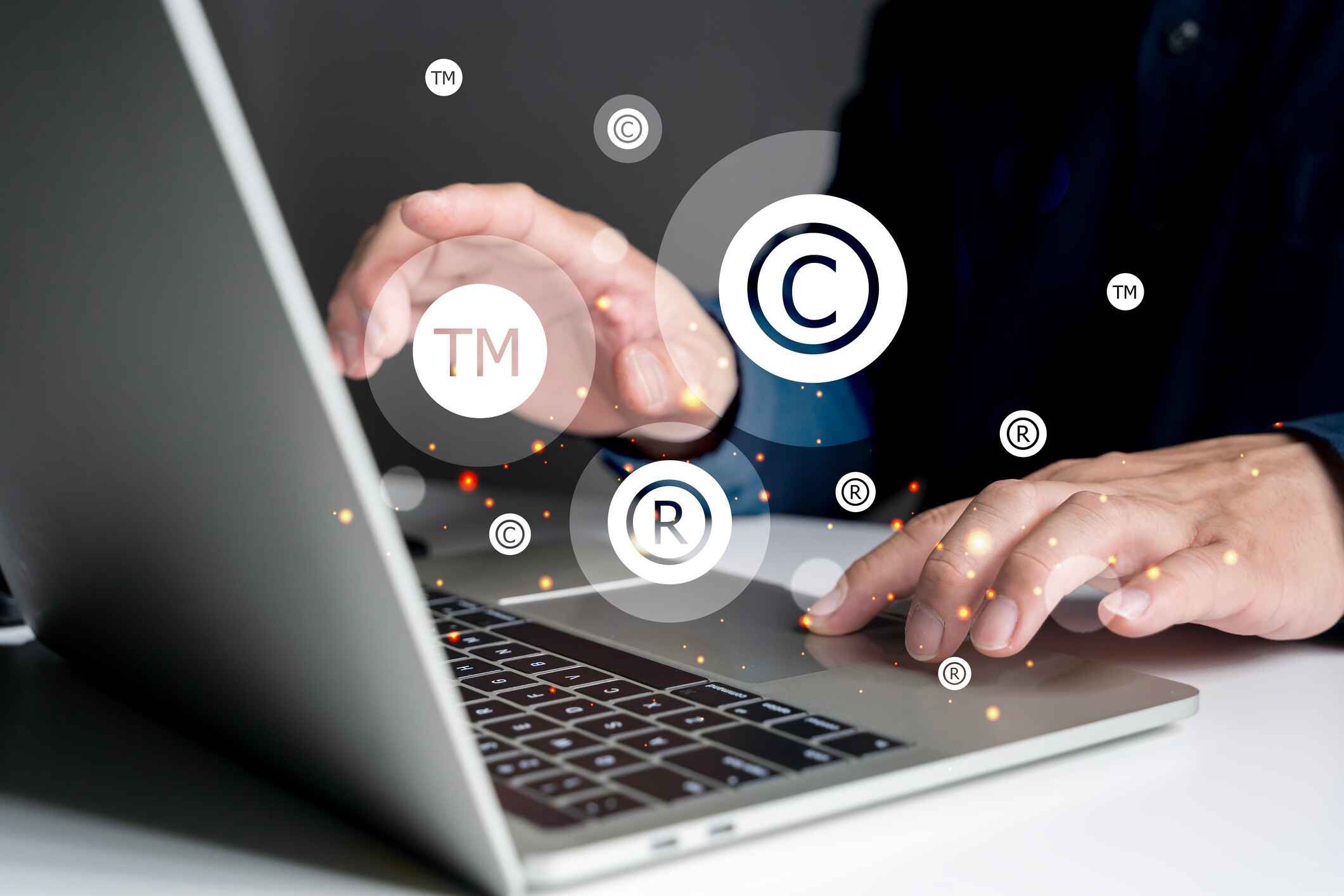Trademark and Patent Search

Trademarks and patents are valuable assets. When a company develops something truly unique, it must patent it before anyone else. If the company designs a distinctive logo, catch phrase, or other reference to a product or the brand, they must trademark it so it remains protected, and no other business can use it.
Trademarks and patents are similar types of protection, but are used differently. They differ in what they protect, the duration, the requirements for protection, the scope, and the protection enforcement. Patents and trademarks are public records and therefore searchable by anyone.
What are Trademarks?
A trademark is a distinctive word, sign, symbol, phrase, or combination of these items representing a brand or product. The trademark distinguishes the individual product or brand from others and is easily recognized by the public. Trademarks protect intellectual property. They afford the owner exclusive rights and legal remedies against anyone else using them without permission.
Trademarks avoid confusion by identifying a brand or product with a clear association. They extend to colors, shapes, logos, designs, symbols, and even words. Trademarks are strong legal protection against misuse by another entity. They establish brand recognition, build customer loyalty, and increase the business’s value. The Nike “Swoosh” and the distinctive Coca-Cola bottle shape and design are examples. The company name “Apple” is also a trademark.
How are Trademarks Filed?

Trademarks are filed through the United States Patent and Trademark Office (USPTO). You can sign up for an online account and submit your application there. You can also use an attorney to file a trademark for you, as the process could be complex. The steps to file a trademark are as follows:
- Visit the USPTO website and search the database to see if someone else is already using the trademark. This step can prevent issues later.
- Create an account on the United States Patent and Trademark website and log in.
- Gather all the necessary information for your application: your business name and details, goods or services associated with the trademark, and evidence of use.
- Complete the application online or have an attorney help you and file it with the USPTO.
- When filing, you must pay the filing fee.
- The USPTO will review your application and may request additional details or ask questions. Be prepared to supply the information and answer their queries. Respond as promptly as possible so the process continues to move forward.
Once your trademark is accepted and registered, you should continue to monitor its status to maintain the registration.
What are Patents?
Patents are legal protection rights granted to the inventor of a product, process, or design. The protection prohibits anyone else from using the information to make, use, or sell the invention for a specific period of time. There are three main types of patents: utility, design, and plant.
A patent grants the inventor exclusive rights to prevent anyone else from using their process or design to make or sell products within the country where the patent was filed. Typically, patent protection lasts for 20 years. Patents encourage innovation by forcing other companies to develop competing processes and products with even more uniqueness. Patents allow the holder to monetize their invention by licensing or selling it. Holding a patent offers a significant competitive advantage.
How are Patents Filed?
Patents are filed much like trademarks, and you must go through the United States Patent and Trademark Office. The process takes a few crucial steps. They are as follows:
- Determine if your invention is patentable. The product or process must be unique, non-obvious, and eligible for patent protection.
- Perform a thorough patent search to ensure there isn’t a patent already out there covering your product or idea.
- Select the type of patent you need: utility, design, or plant.
- Fill out the patent application on the USPTO website and include a detailed description of the product or process and how to implement and make/use it.
- Define the scope of the patent, including drawings, blueprints, and other support documents. Include an Application Data Sheet, which provides basic information about the invention and the inventor.
- Submit the application and pay the patent fee. You can file electronically or by mail.
- The USPTO will review your application to ensure that your application meets the requirements to receive a patent. You may receive questions or requests for further information. Answer as quickly as possible to avoid delays.
- If approved, you will receive confirmation of your patent.
- You may need to pay a regular maintenance fee to keep your patent active.
For complex situations, you may use a patent attorney, and they can help you fill out the necessary documentation and file.
How to Search for Trademarks or Patents
When researching companies’ patents or trademarks, you have a few options. First, you can search using the United States Patent and Trademark Office (USPTO) website. Using text or an image, you can search trademarks using the Trademark Search System tool. For patents, you can use the Patent Public Search tool. You can run a basic or advanced trademark name search. A USPTO trademark search reveals information related only to the trademark or patent. Entity check reports are much more comprehensive and provide a full report of accompanying details.
EntityCheck Makes Searching for Trademarks and Patents Easier
Use EntityCheck to perform a U.S. trademark search and get much more than just trademarks and patents. Our search reports thoroughly and deeply dive into the company, its officers, employees, court records, and more. Access unlimited nationwide searches for any company in America.
EntityCheck delivers comprehensive business data that we have compiled from government, public, and private sources. Our reports include multiple sections with dozens of data points. You’ll find detailed Secretary of State records, such as Articles of Incorporation, annual filings, ownership changes, and entity classifications. UCC filings that cover equipment, vehicles, inventory, accounts receivable, and real estate. License status and expiration details are included if a business requires professional licensing, such as in law, real estate, dentistry, or skilled trades. Court-related data is also available, including lawsuits, bankruptcies, liens, judgments, and federal cases. You can also see information about trademarks, patents, company officers, employees, and their background information.